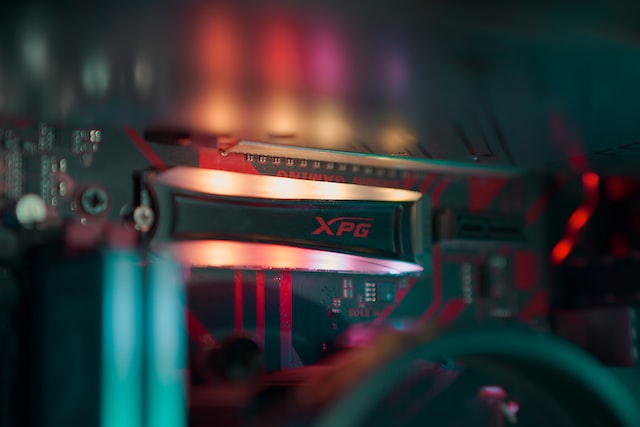RAM, or Random Access Memory, remains one of the most important factors in the performance of a laptop. This explains why the best laptops also include a large amount of RAM. Larger amounts of memory improve the machine’s overall performance by allowing faster data transfer to the CPU.
More RAM also means your machine will also support more software programs. For example, if you are a gamer and want to run any modern games on your gaming laptop, then you need as much RAM as possible. The same applies if you need to run a lot of business software for your business.
The problem, however, is that you’re bound to run out of RAM from time to time when running many heavy software programs simultaneously. When this happens, you should have a plan B. You should be able to free up memory and extend your RAM. But how do you do that?
There are a few options:
1. Run Ready Boost
Ready Boost was first released with Windows Vista and takes advantage of flash storage to expand a laptop s RAM. You need a flash drive that is at least 256MB in size, has an access rate of 1 millisecond or less, has a read speed of 2.5mbps for 4KB reads, and has a write speed of 1.75 Mbps for 512 random writes. Fortunately, most current USB drives easily meet these requirements.
Locate the USB drive on My Computer to enable Ready Boost, open Properties, and navigate to Ready Boost. You’ll see several radio controls that allow you to activate Ready Boost and others to select how much of the drive’s capacity you’d like to devote to the feature. Typically, you can devote up to 4GB of flash drive capacity to Ready boost.
Running-ready boost isn’t as effective as adding a new RAM. But it can still improve your laptop performance by as much as 75%.
2. Use the Windows Task Manager to fix RAM performance.
If you’re not prepared to go the Ready Boost way, you can use an even easier option to boost laptop memory. Open the Windows Task Manager by right-clicking on the taskbar and selecting Start Task Manager. Then, navigate to Processes and sort the list of open programs by memory.
Programs that take up the most memory will appear at the top of the list. You can close these programs if you don’t currently need them.
For more information, proceed to the Performance tab, click on Resource Monitor, and then open the Memory tab. A graph will appear, indicating how your Laptop is allocating RAM to the different programs. If more than three-quarters of your RAM is listed as “In Use,” that should signal that you need to close a few programs.
3. Install a Memory Cleaner
Still, running the Task Manager every few minutes may seem unnecessary to most users. If that’s the case, then a better way to keep track of your RAM performance is to install a program that cleans your memory periodically.
Memory cleaning programs hunt for programs that are consuming the memory and automatically shut them down, freeing up that memory for other processes. Several good options include Minimum and Super Memory Cleaner (for Mac).
Be warned, though. While these tools often work as described by their creators, cases have been reported where they did no more than sit on the desktop and consume memory. So, choose a Cleaner that you trust.
4. Install additional RAM
Your best solution, however, is to install additional RAM. Remember that RAM is a limited resource, and there is only so much you can do to stretch it. When you find that the first three solutions aren’t helping much anymore, installing more memory might be the only way out.
The best gaming laptops have an open slot, meaning you can install an additional memory stick without removing the old one. But for some, you may have to replace the existing one with a newer, larger one. Whichever the case, choose a RAM that is compatible with your Laptop and one that is large enough to support your growing needs.
Interestingly, you can apply all these tactics simultaneously for even better performance. You want to get the most out of your Laptop. To do this, you must take control of your memory and what is running on your system. If you do, the result will be a laptop that performs better and faster than ever. So what are you waiting for? Start tweaking the memory on your system today so you can make your Laptop even faster.
